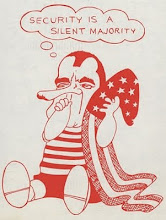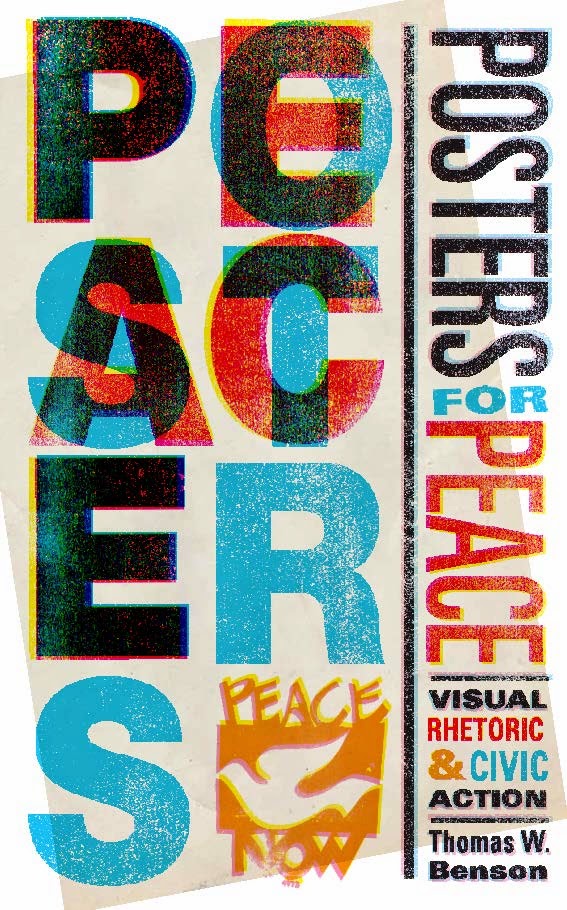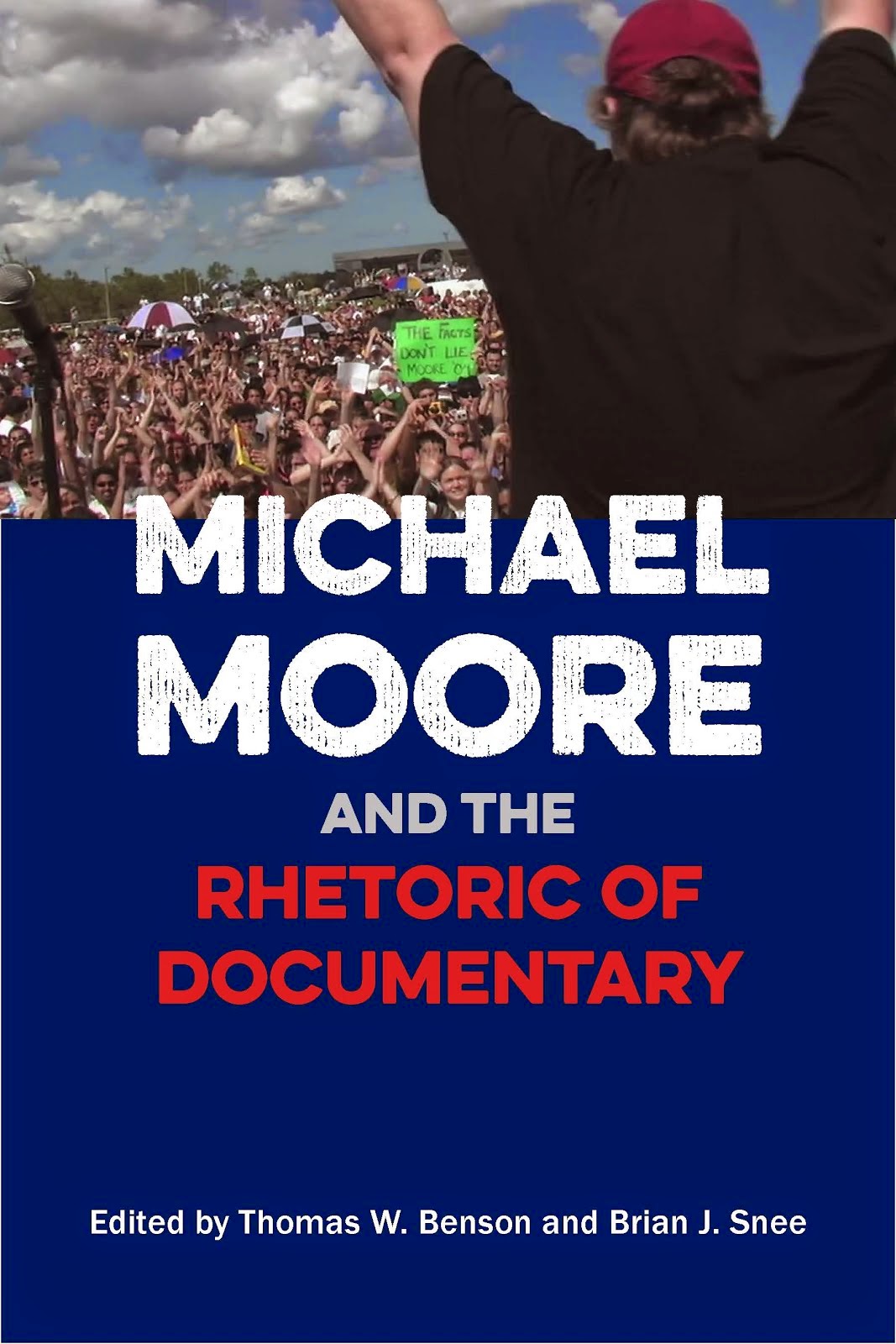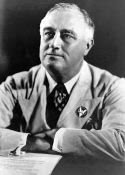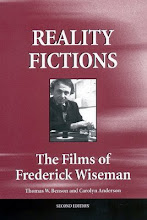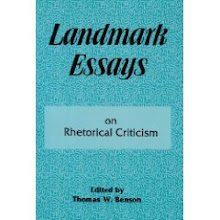Call for Papers
Rhetoric in Society 4
“Contemporary Rhetorical Citizenship:
Purposes, Practices, and Perspectives”
Department of Media, Cognition, and Communication
Section of Rhetoric
University of Copenhagen
January 15-18, 2013
Greetings all,
This is the first bulletin of the fourth biennial Rhetoric in Society Conference to be held January 15-18, 2013 at the University of Copenhagen, Denmark.
With this bulletin, we want to invite you to do two things: mark your calendars and start thinking about how you might contribute to the conference with your scholarship.
Below, we introduce the theme of the conference and provide basic information about the various presentation formats.
Within a few weeks, we will contact you again with more information about the conference program, key-note speakers, and how to submit an abstract.
In the planning of the conference we wish to promote discussion among conference attendees. One way is to set time aside for discussion in all meetings, another is to allow for regular breaks, and a third way is to arrange social gatherings suitable to networking and amicable conversation. We hope you will come and be part of the discussion!
ThemeThe theme for this fourth conference on Rhetoric in Society is “Contemporary Rhetorical Citizenship: Purposes, Practices, and Perspectives”.
With the concept of rhetorical citizenship we want to draw critical attention to the ways in which being a citizen in a modern democratic state is in many respects a discursive phenomenon. Citizenship is not just a condition such as holding a passport, it is not just behavior such as voting; citizenship also has a communicative aspect: Some perform citizenship when they watch a political debate on TV or discuss a program about homeless people with their colleagues over lunch - or when, one day, they don’t duck behind the fence but engage their cranky neighbor in conversation about her views on city street lighting. Others enact citizenship when they engage in political debates on Facebook or Twitter or join their friends in coming up with the most poignant wording for a protest sign the day before a street demonstration. And for others still, “rhetorical citizenship” is a distant ideal far from the realities of their everyday life; because the legal citizenship, literacy, and media access that such a conception of citizenship often presupposes aren’t within their reach, their experience with rhetorical citizenship is one of exclusion.
Rhetoric, with its double character as academic discipline and practice, stands in a unique position to engage the linguistic and discursive aspects of collective civic engagement. Drawing on and in collaboration with neighboring fields of inquiry such as political science, discourse studies, linguistics, media studies, informal logic, practical philosophy and social anthropology, scholars of rhetoric are able to study actual communicative behavior as it circulates in various fora and spheres – from face to face encounters to mediated discourse. With our diverse theoretical and methodological backgrounds we hold many keys to pressing concerns such as the alleged polarization and coarsening of the ‘tone’ in public debate, the turning away from political engagement toward smaller spheres of interest, and the general difficulty in making politics work constructively in many parts of the world, not least the EU.
We invite attendees – scholars, teachers, students, and citizens across a range of disciplinary traditions – to extend our knowledge of the social roles of rhetoric through theoretical and critical study, and to consider our roles as public intellectuals: how are we to name, describe, criticize, analyze, and, indeed, undertake or teach rhetorical action on matters of communal concern whether locally, nationally, or internationally?
We invite papers that help address questions such as, e.g.:
* How is rhetorical citizenship to be defined and developed as a critical frame for studying rhetoric in society?
* What conditions must obtain for rhetorical citizenship to be possible and thrive?
* What rhetorical processes and maneuvers can be observed in practitioners of rhetorical citizenship?
* How is rhetorical citizenship instantiated across genres, settings, and cultural or geographical settings?
* How is rhetorical citizenship experienced differently, even controversially, depending on power differentials and social or regional constraints?
* How can rhetorical history and pedagogy serve as a resource for contemporary theory, practice and critique of rhetorical citizenship?
* What disciplinary connections need to be made or reinvigorated for fruitful interdisciplinary work on rhetorical citizenship?
* What are potentials and pitfalls for sound and dynamic public rhetorical engagement?
* What is good and what is poor rhetorical citizenship?
Your contribution to the conference
Please consider submitting a panel, individual, poster and/or special session proposal that speaks to the conference theme.
In addition to the specified length requirements (see below), please include in an abstract: the title of the paper, name(s) of presenter(s), the nature of the material for analysis/the ‘case’, the guiding research question and/or overall argument as well as identification of the theoretical and/or methodological basis of the inquiry.
Panel proposals, individual proposals, and special format proposals will all be placed in sessions of 60 - 90 minutes. Generally, 30 minutes will be set aside for each presentation to be used in this manner: 15-20 minutes for the presentation and 5-10 minutes for questions and discussion with the audience. After each presentation a few minutes should be set aside to allow audience members to leave the room and go to a different session.
Submission options
1) Panel proposals
Panels should consist of 3-4 presentations and preferably a respondent. A panel will have a 90-minute slot of which 20-30 minutes should be set off for discussion. Proposals should include a 250 word abstract for each individual presentation. Proposals should be no more than 1250 words in total.
Panel organizers are strongly encouraged to invite a respondent to initiate and lead discussion after the presentations.
Individual proposals
Individual presentations will be given a slot of 30 minutes of which 5-10 minutes should be set off for discussion and time to allow audience members to change rooms. Proposals should include a 250 word abstract.
Individual papers will be grouped according to topic and/or theoretical approach by the conference planners. Once the program is ready, we encourage presenters on each session to exchange papers two weeks in advance of the conference in order to participate in a common discussion of the papers toward the end of the session.
3) Special format proposals
Special format sessions of 60-90 minutes are invited. Special format proposals are meant to encourage panels that are unusual in format, especially those that invite the active participating of both presenters and audiences. Consider such formats as debates, a series of short position papers designed to generate discussion, roundtables, screenings of rhetorical performances followed by discussion, workshops or other special formats. In addition to explaining the nature of the special format, the technical requirements needed to carry it through, and the estimated time need, proposals for such sessions should adhere to the formal requirements of ‘regular’ panels, i.e., analytical focus, theory, and explain the role of the participants, and the goals and aims of the session. The word limit is 350 words.
Poster proposals
A poster is a visual artefact of ‘poster’ size that represents a scholarly project on the conference theme in a visual/graphic manner. Posters will be exhibited in designated areas throughout the conference area, and there will be time set aside for conference participants to study the posters and discuss them with the presenters in an informal manner. Posters may present work not otherwise presented at the conference.
Submit your proposalProposals should be submitted to the conference website by March 1, 2012. We will notify you when we are ready to accept submissions.
In upcoming bulletins we will provide information about when and how to submit proposals.
Conference websiteThe conference website for RiS4 2013 is still under construction but can be found at this URL: <
http://rhetoricinsociety.hum.ku.dk>
rhetoricinsociety.hum.ku.dkWhy not bookmark the website today, so that you can easily return and stay abreast as it develops and provides information on how to submit proposals, how to register for the conference, where to stay, etc.?
academic committee
Hilde van Belle, Lessius University, Antwerp, Belgium
Robert Ivie, Indiana University, Bloomington, USA/Honorary Professor, University of Copenhagen, Denmark
Jens Kjeldsen, University of Bergen, Norway/Södertörn University, Sweden (RSE)
Marie Lund Klujeff, Aarhus University, Denmark (RSE)
Kendall Phillips, Syracuse University, USA (RSA)
Organizing committee
Mette Bengtsson, University of Copenhagen, Denmark
Mark Herron, University of Copenhagen, Denmark
Christian Kock, University of Copenhagen, Denmark
Rasmus Rønlev, University of Copenhagen, Denmark
Lisa S. Villadsen, University of Copenhagen, Denmark



























